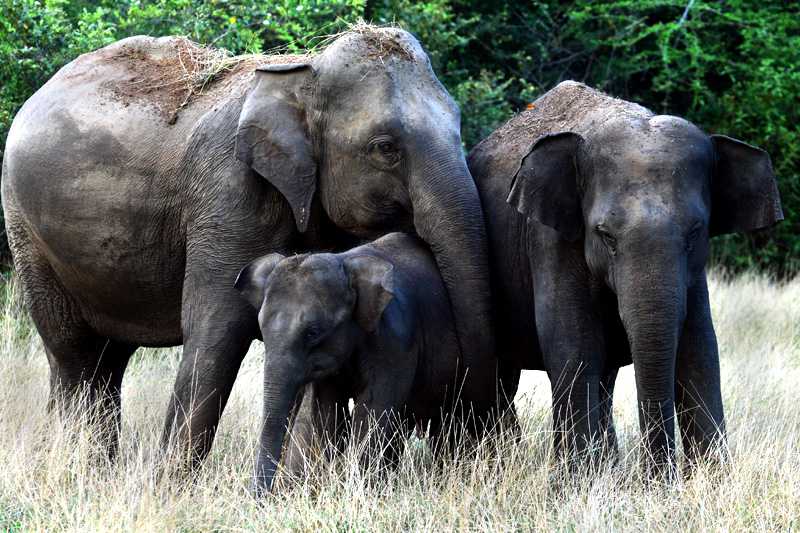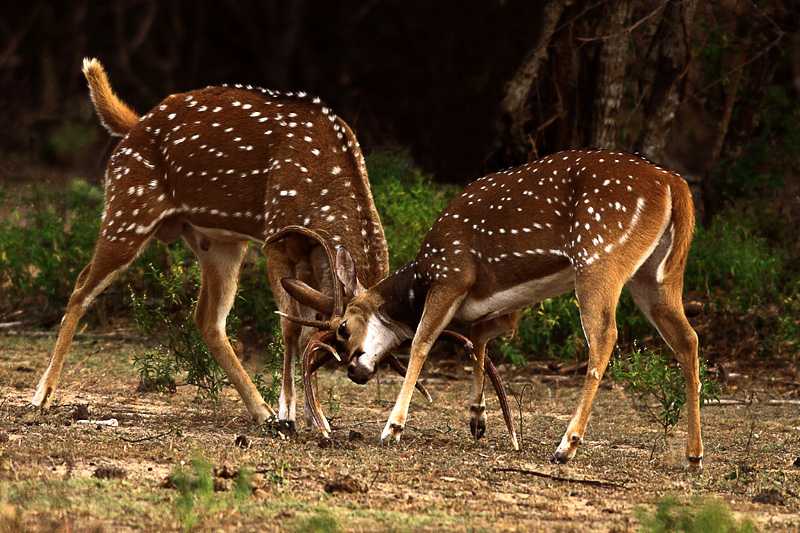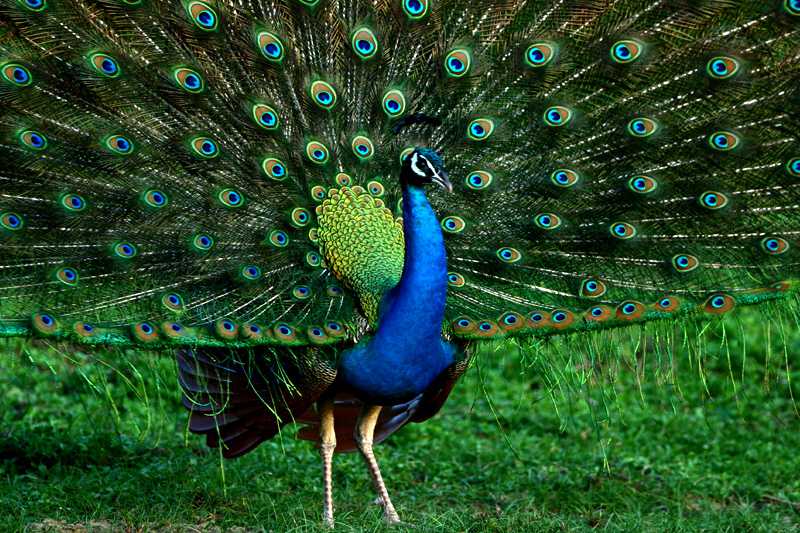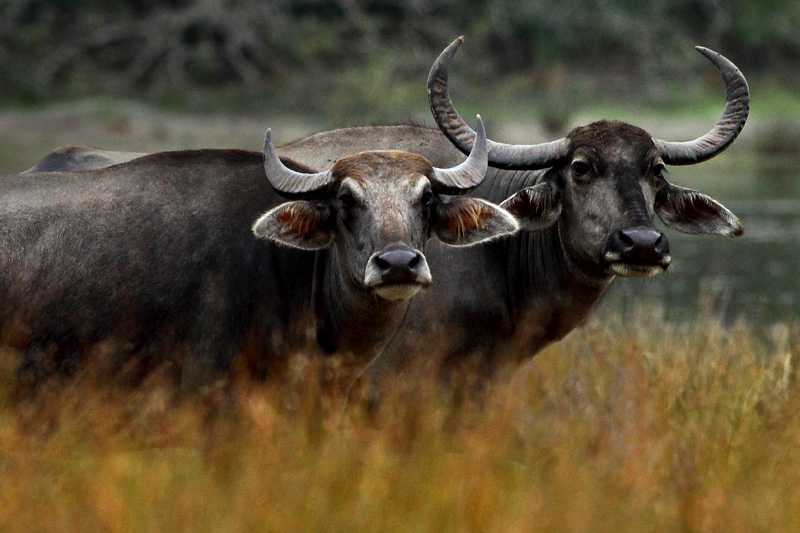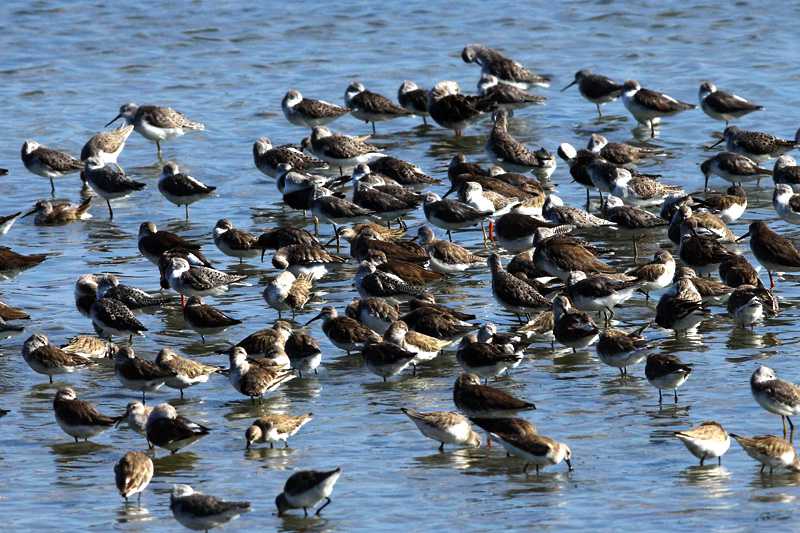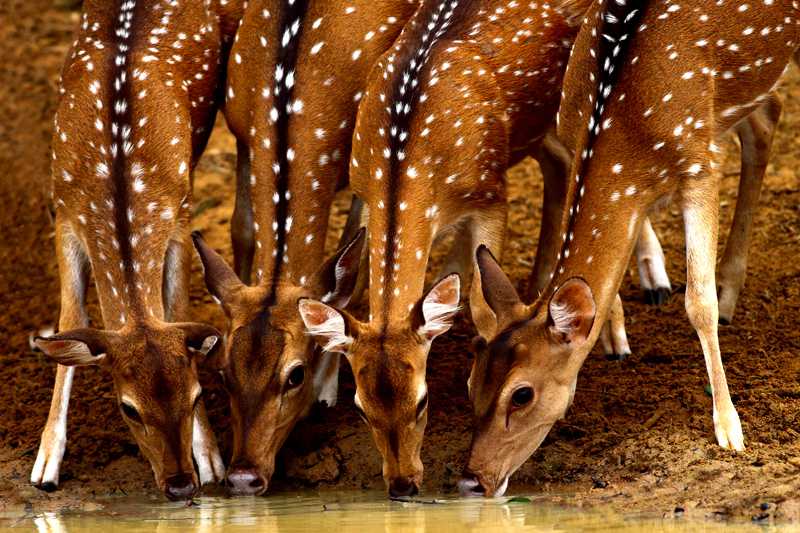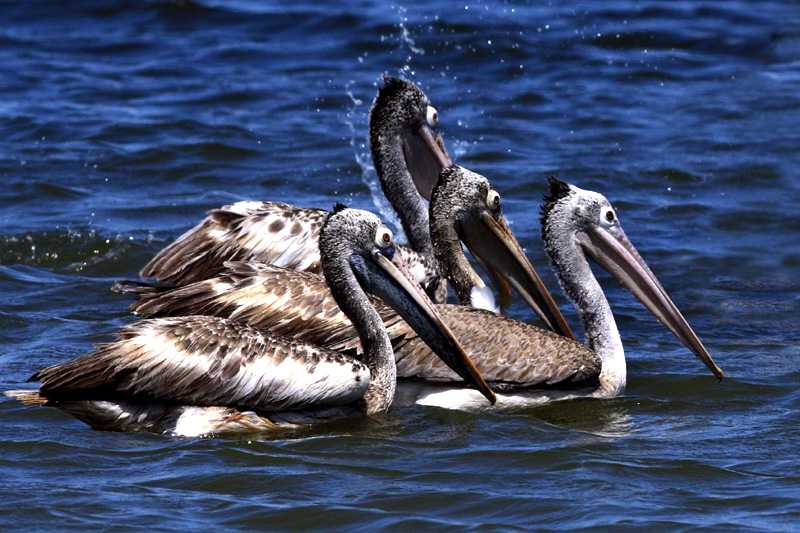Lahugala Kitulana National Park
This is a dominant wet zone evergreen rainforest which forms the catchment area of the Labugama and Kalatuwawa reservoirs that provide water to the city of Colombo. Managed by theForest Department this forest is 2,150 hectares in extent and isthe largest forest reserve close to Colombo where many wet zoneendemic species can be sighted. As in other wet zone forests inthe country, leeches are found here too and any excursion into the forest should be with adequate protection.
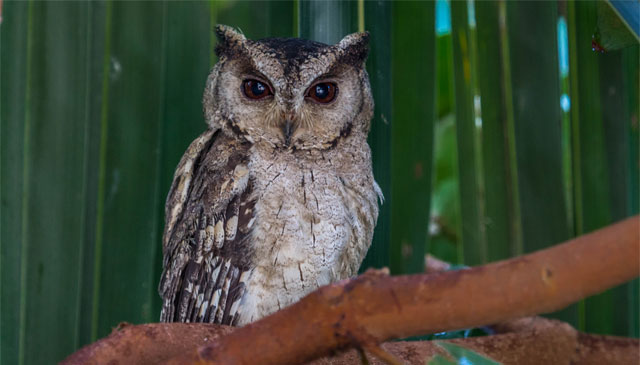
How to get there:- Colombo - Maharagama - Kaluaggala - Turn Left - Many roads can be taken to reach the borders ofthe forest (1 hour)








